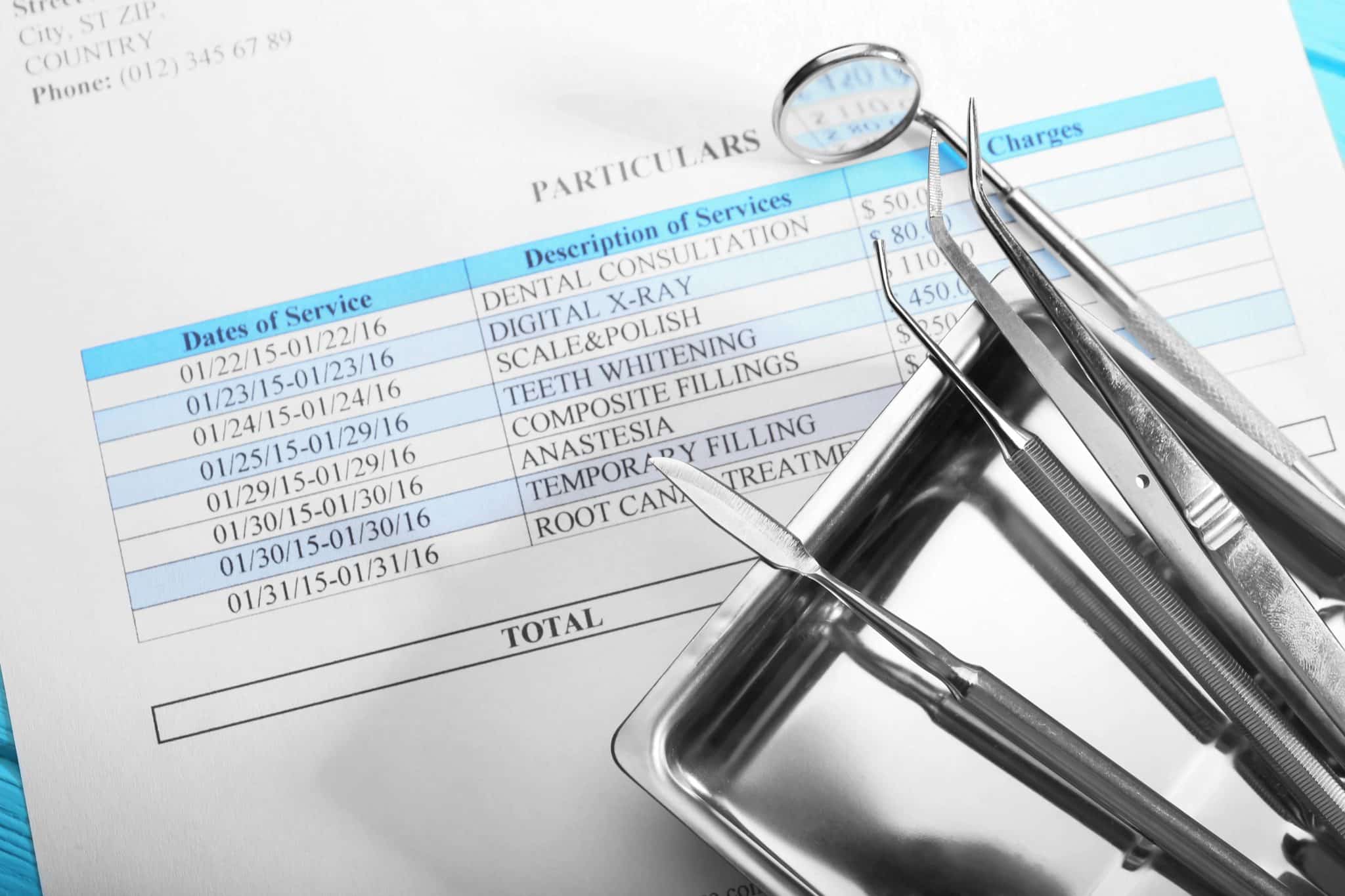You know what they say – money makes the world go round. In the business of running your own business, it’s what keeps employees paid and doors open to customers. Dental practice owners understand the value of having funds on hand better than anyone. Should equipment repairs become necessary or staffing changes occur, working capital insures against the possibilities of losses and loans. This article will explore the nuances of cash flow management in dental practices and share five essential techniques worth implementing for your own.
Table of Contents
ToggleWhy Cash Flow Matters
Who knew not having money could be so costly? The consequences of poor cash flow are painfully ironic that way. When a business doesn’t have enough cash on hand to cover expenses, it will often end up paying more in late fees, rush charges, and emergency loans just to keep operations running. Like getting a cavity filled, putting financial risks off only leads to bigger problems down the road.
Insufficient working capital can force dental practice owners to make rushed decisions, delay essential equipment upgrades, or even turn away patients due to staffing constraints. The ripple effects touch everything from team morale to patient satisfaction.
Beyond just keeping the lights on, strong cash flow positions practices to seize growth opportunities when they arise. Want to add that fancy new CEREC machine or expand into a larger space? Good luck doing either without healthy cash reserves. Even routine expenses like payroll and supplies become stressful juggling acts when cash is tight.
What Does Good Cash Flow Look Like?
Like many measures of business health, cash flow is very case-specific. What’s considered sufficient for one dental practice may not be sufficient for another due to a number of reasons. For example, a solo practitioner in a small town might get by with two months of operating expenses in reserve, while a multi-location practice in an expensive urban area may need six months or more. Practice size, overhead costs, patient demographics, and local market conditions all factor into the equation.
Generally speaking though, most financial experts recommend maintaining at least 3-4 months of operating expenses in readily accessible cash. This provides a buffer against seasonal revenue dips, insurance payment delays, and unexpected costs without creating excessive idle capital. The exact target should align with your practice’s specific risk factors and growth plans.

Five Essential Techniques for Cash Flow Management In Dental Practices
Let’s move ono some actionable strategies that can help optimize your practice’s cash flow management:
1. Streamline Insurance Claims
Implement digital claims submission systems and establish clear protocols for verifying coverage before treatment. Train staff to submit clean claims the first time and follow up promptly on denials. The faster claims are processed, the sooner you get paid.
2. Offer Patient Financing Options
Partner with healthcare financing companies to provide payment plans. This helps patients afford treatment while ensuring your practice receives payment upfront. Consider offering in-house membership plans for uninsured patients.
3. Monitor Key Performance Indicators
Track metrics like accounts receivable aging, collection ratio, and production-to-collection rates. Regular financial reviews of these and other KPIs will help identify trends and potential issues before they become problems. It’s best to have a professional accountant help you establish benchmarks and review these numbers monthly or quarterly. They can spot concerning patterns early and suggest corrective actions before small issues become major headaches.
4. Automate Billing and Collections
Take advantage of modern practice management software to automate patient billing, payment reminders, and collections processes. Set up automatic payment plans and enable online bill pay options. The easier you make it for patients to pay, the more likely they are to do so promptly.
5. Optimize Inventory Management
Every dollar tied up in excess inventory is one that’s not working for your practice. Just-in-time ordering is a strategy that can help minimize storage costs and free up capital. Implement it by ordering supplies in quantities that match your actual usage patterns. Look for opportunities to consolidate orders where possible and negotiate volume discounts with vendors.

Advising Cash Flow Management In Dental Practices
Having adequate cash reserves provides peace of mind and flexibility when navigating the ups and downs of running a dental practice. At Dental Tax, we understand the unique financial challenges dental practices face. Our team of specialized accountants and financial advisors works closely with practice owners in Burlington and the surrounding area to develop customized cash flow management strategies. Whether you’re just starting out or looking to optimize an established practice, we can help you implement these techniques and more.
Contact us today to learn how we can help your practice maintain healthy cash flow and achieve its financial goals. Our expertise in dental practice finances means we can provide targeted solutions that work for your specific situation.
Adam has an MBA from the Richard Ivey School of Business in London and also holds a Chartered Investment Manager designation.
- Financial Planning Timeline for New Dental Practice Owners - October 16, 2025
- 7 Tax Deductions Dentists Often Miss That Save Thousands - October 2, 2025
- Smart Tax Strategies That Put More Money in Associate Dentists’ Pockets - September 18, 2025






